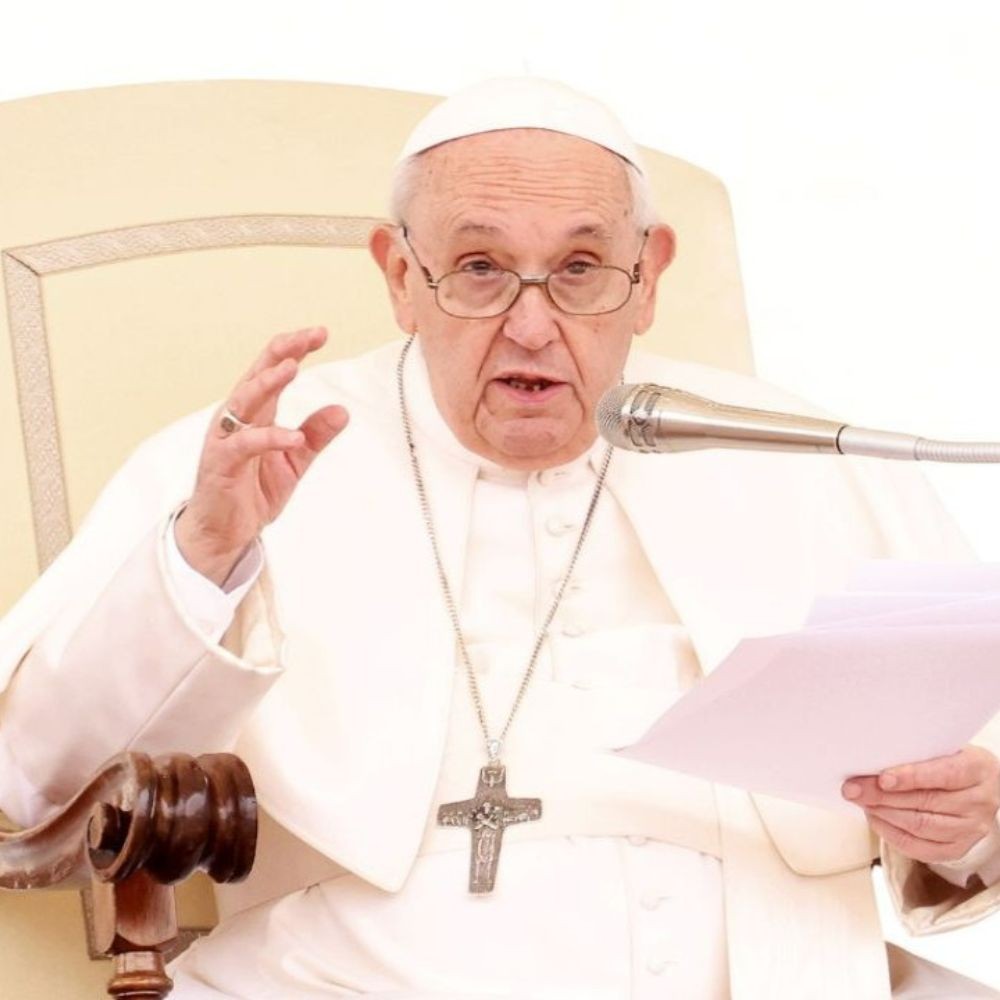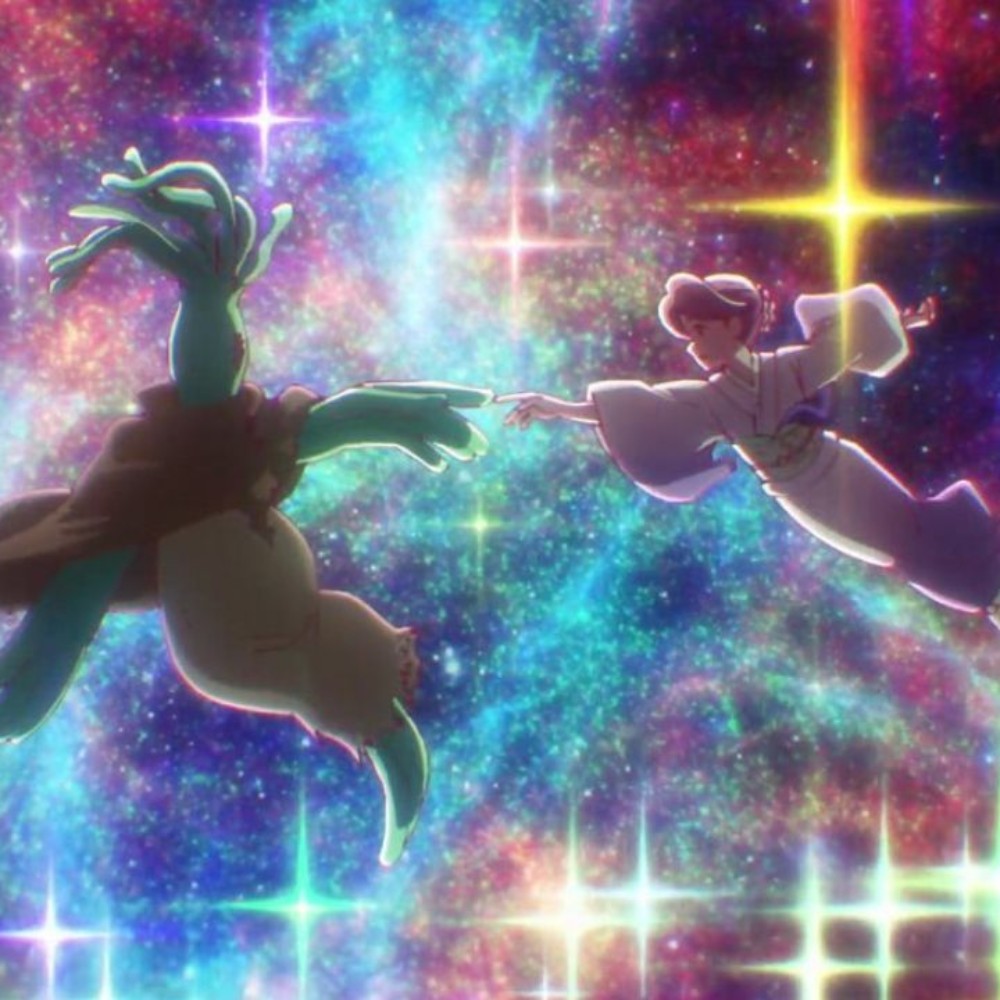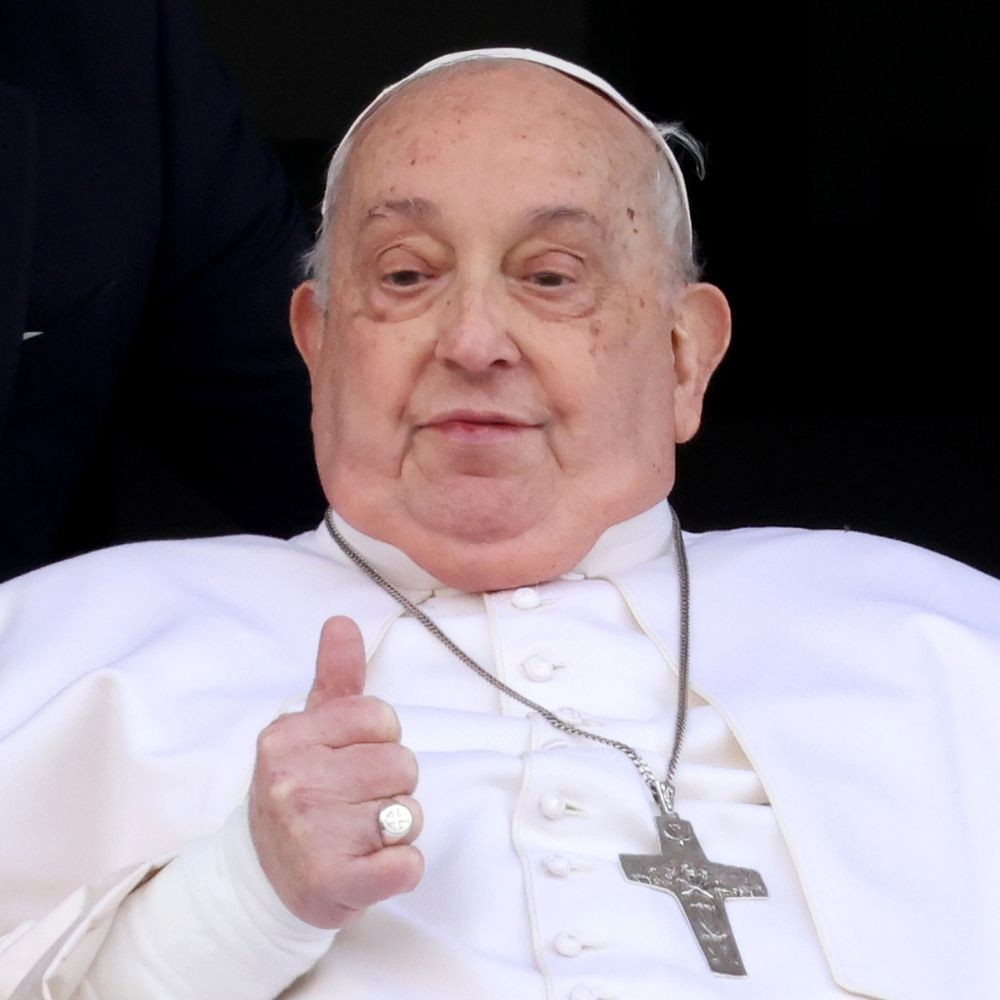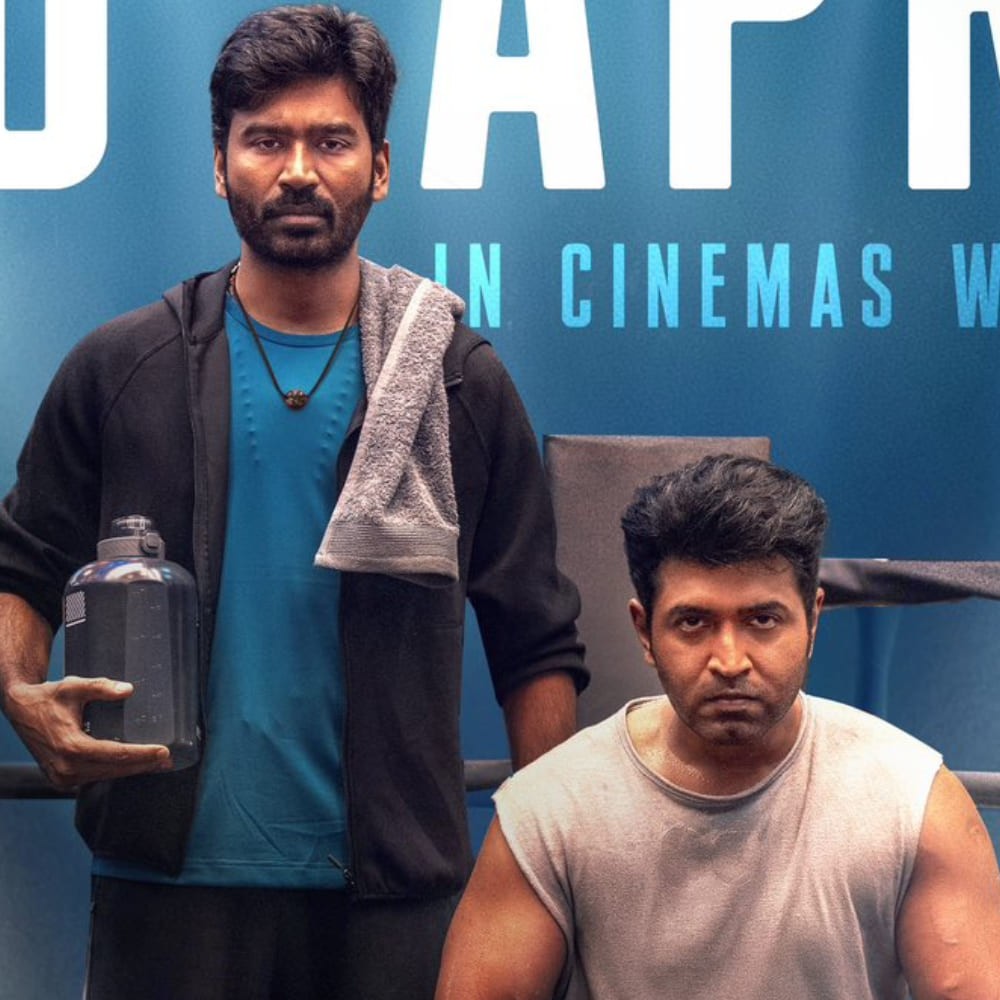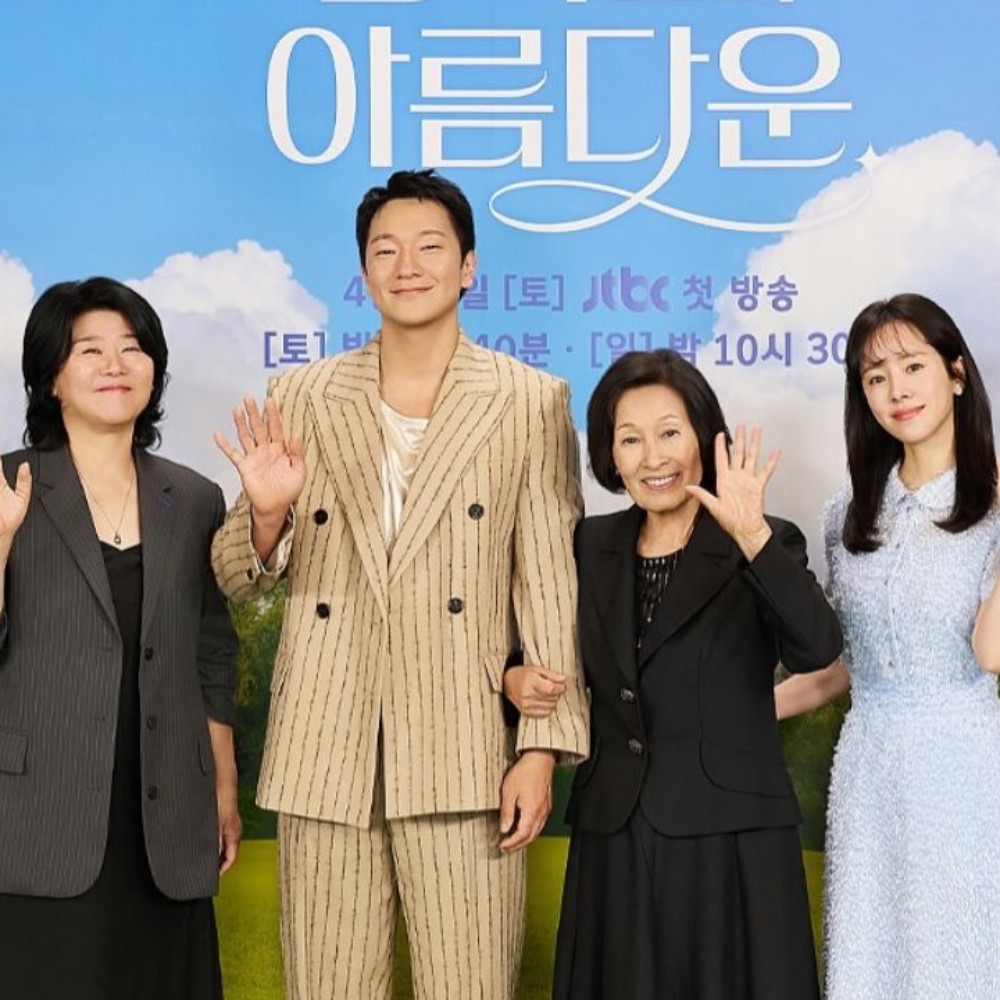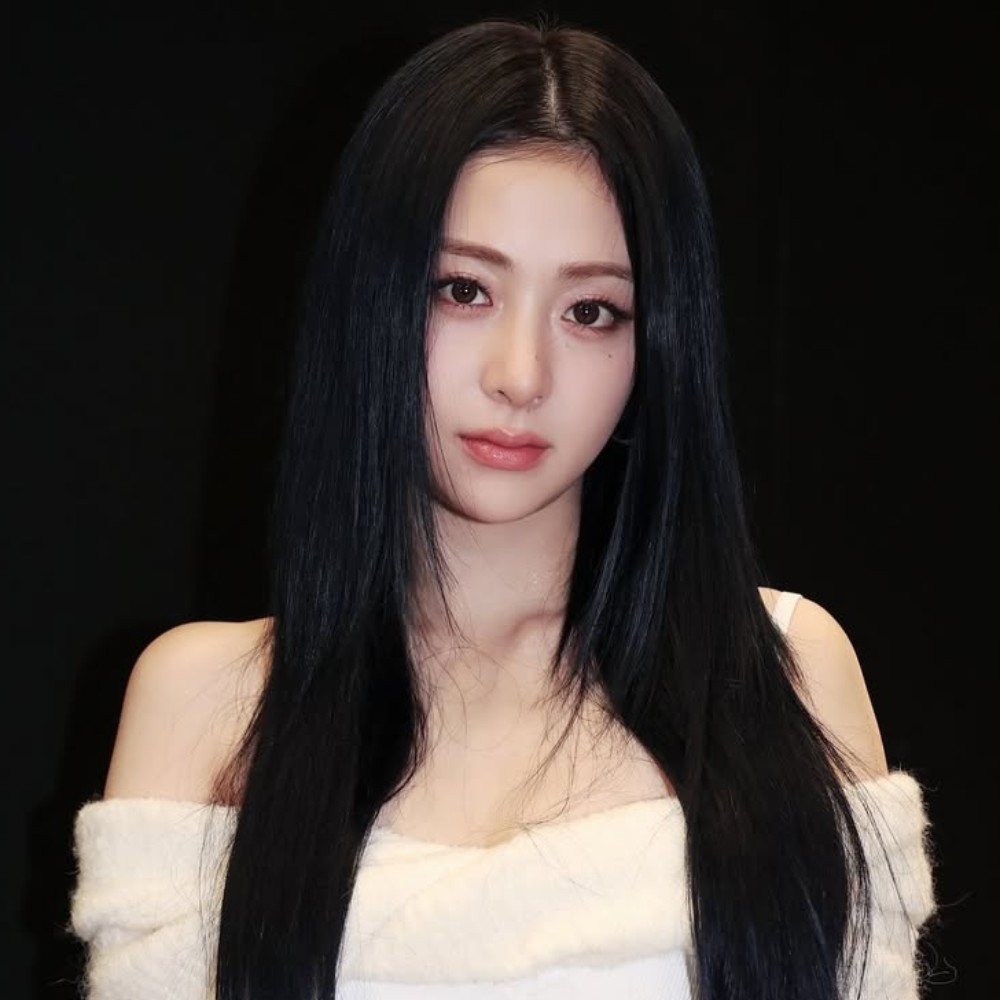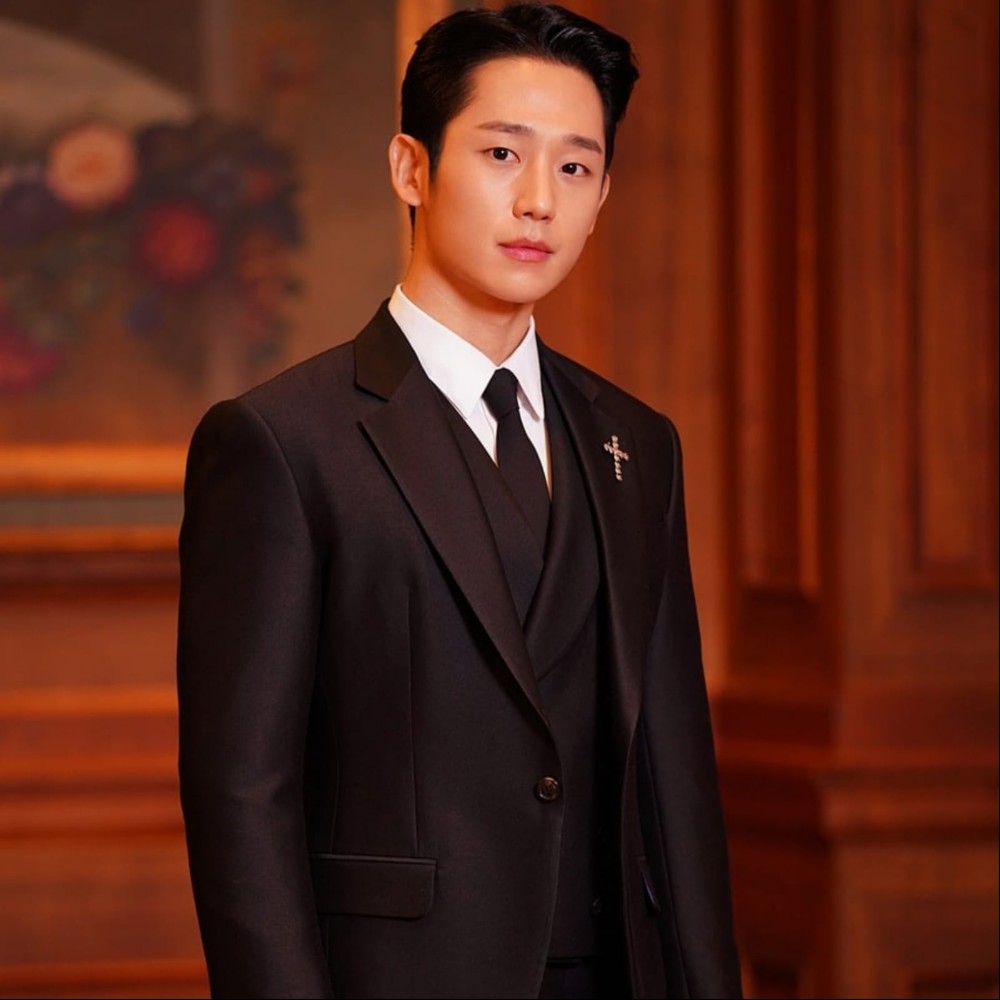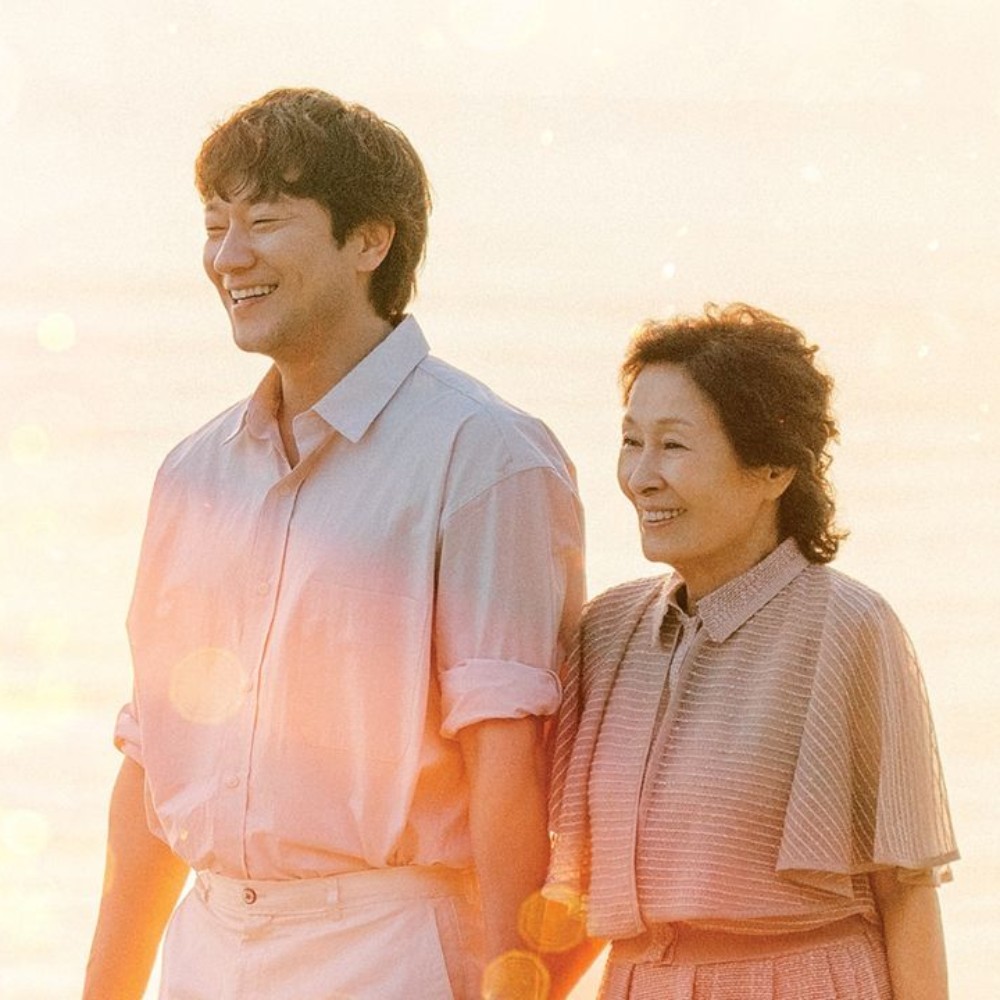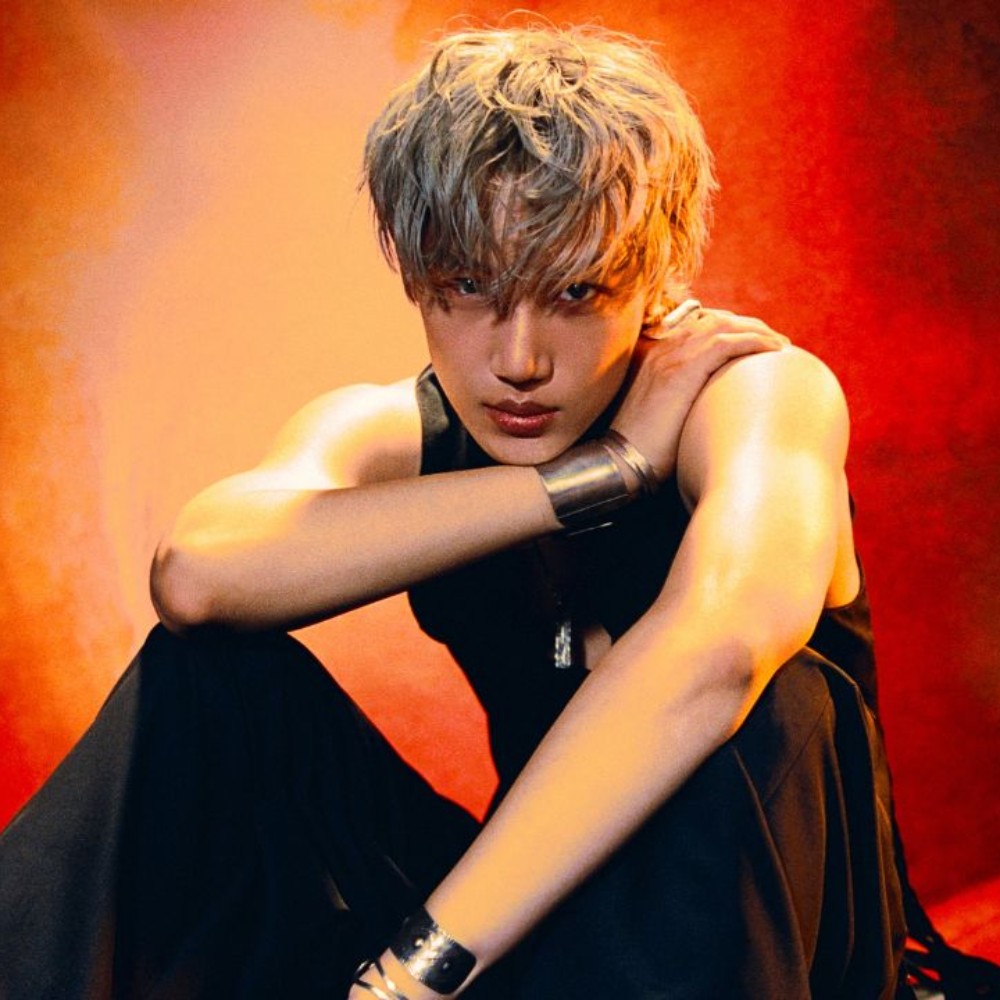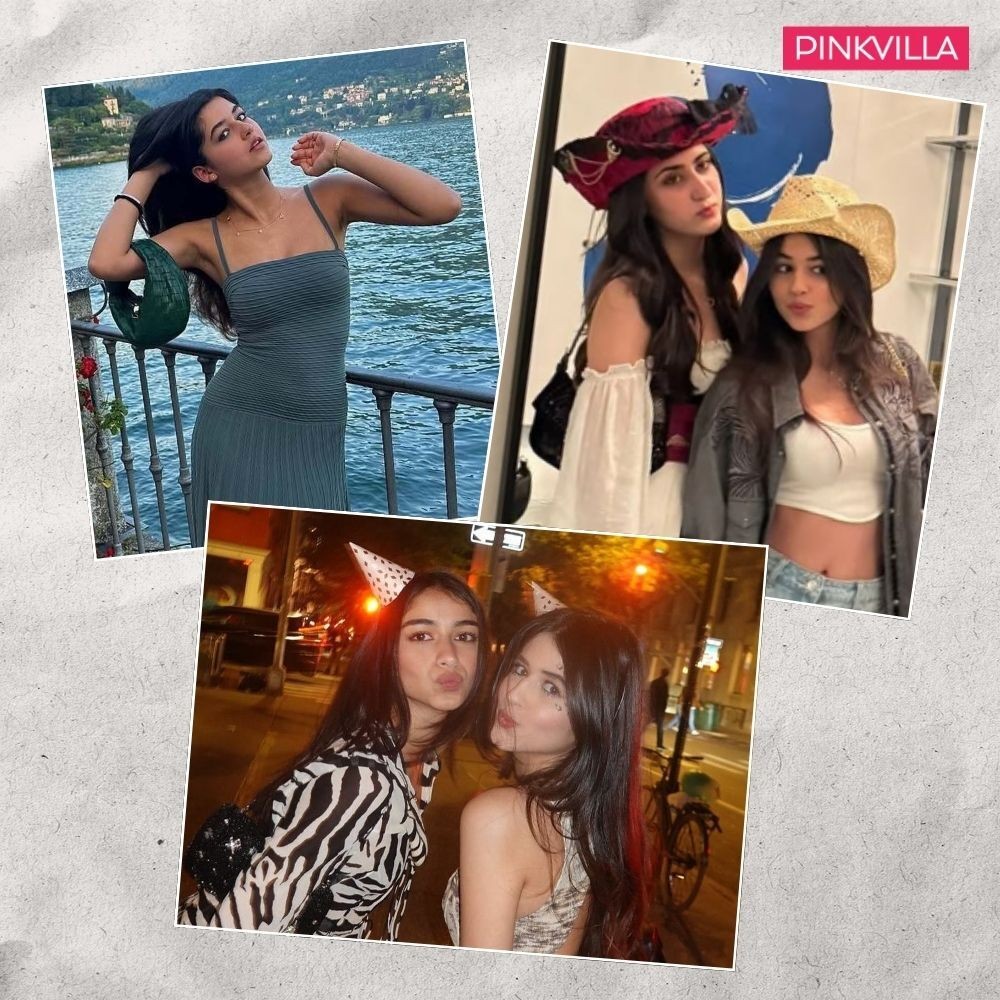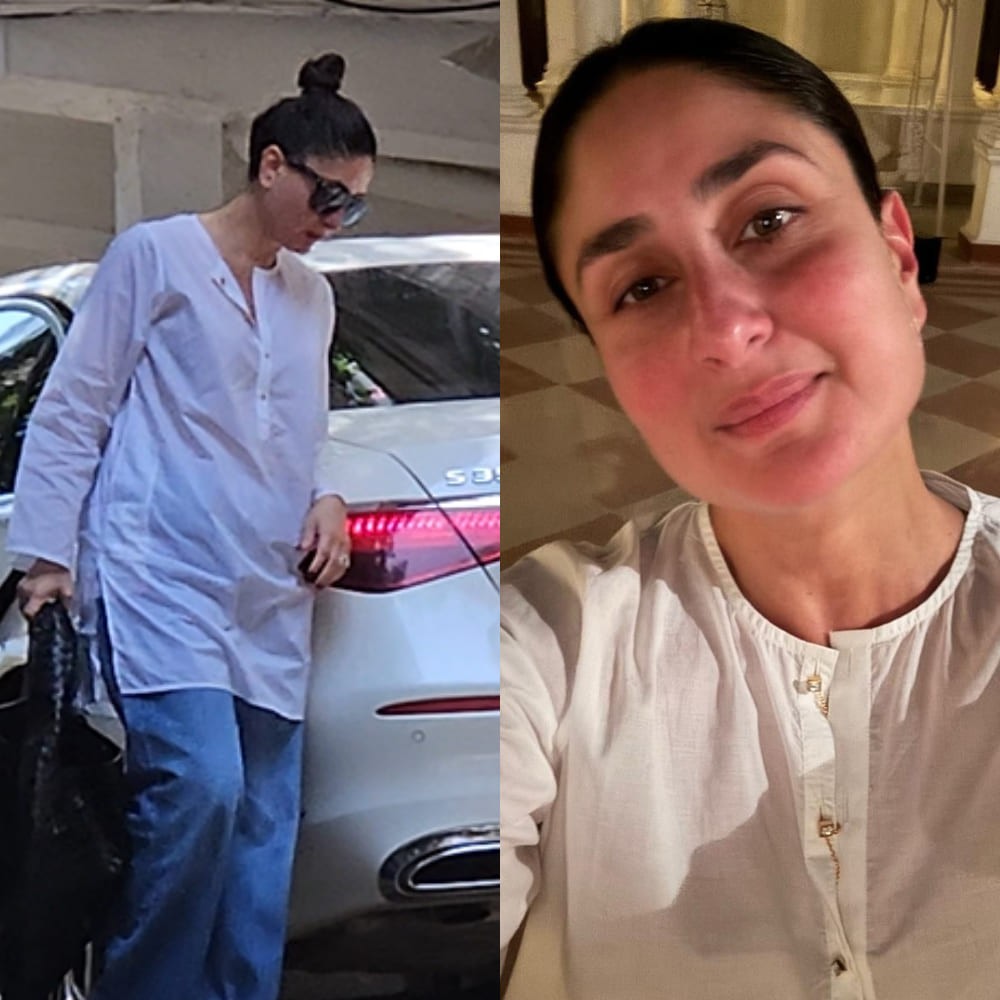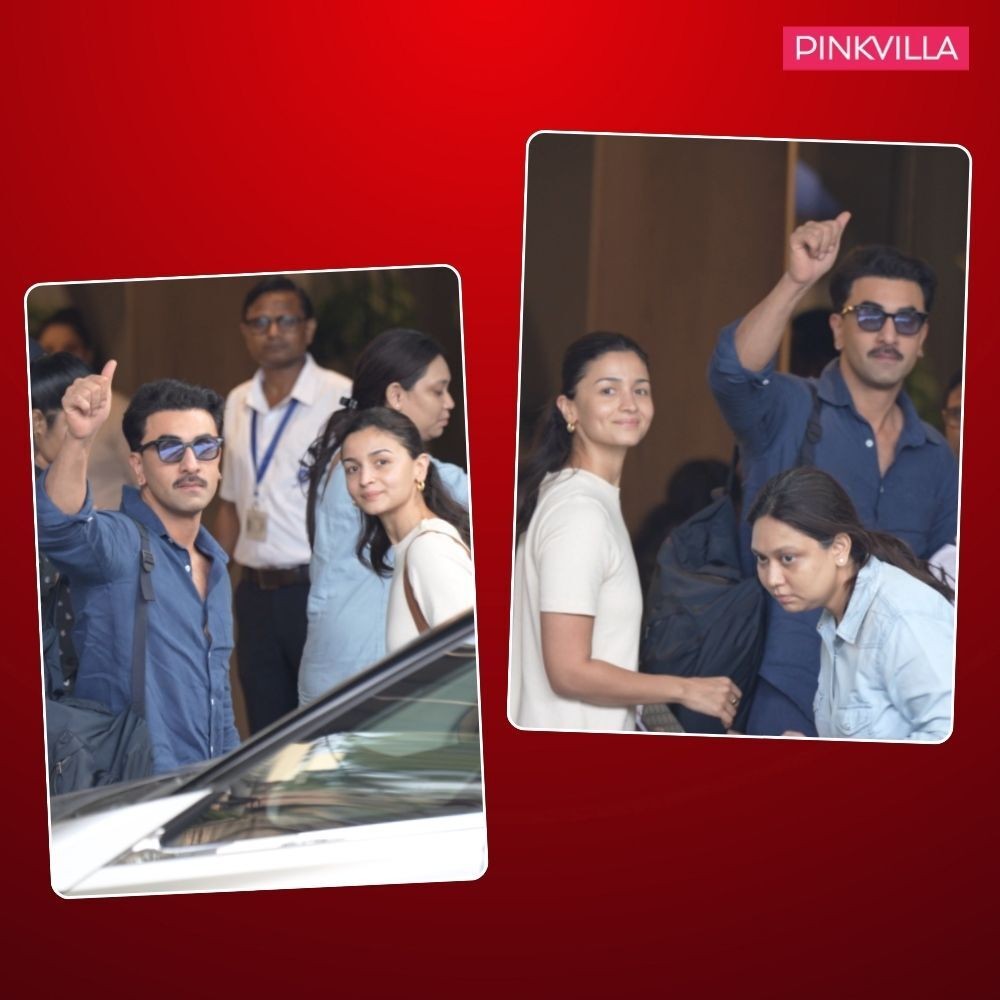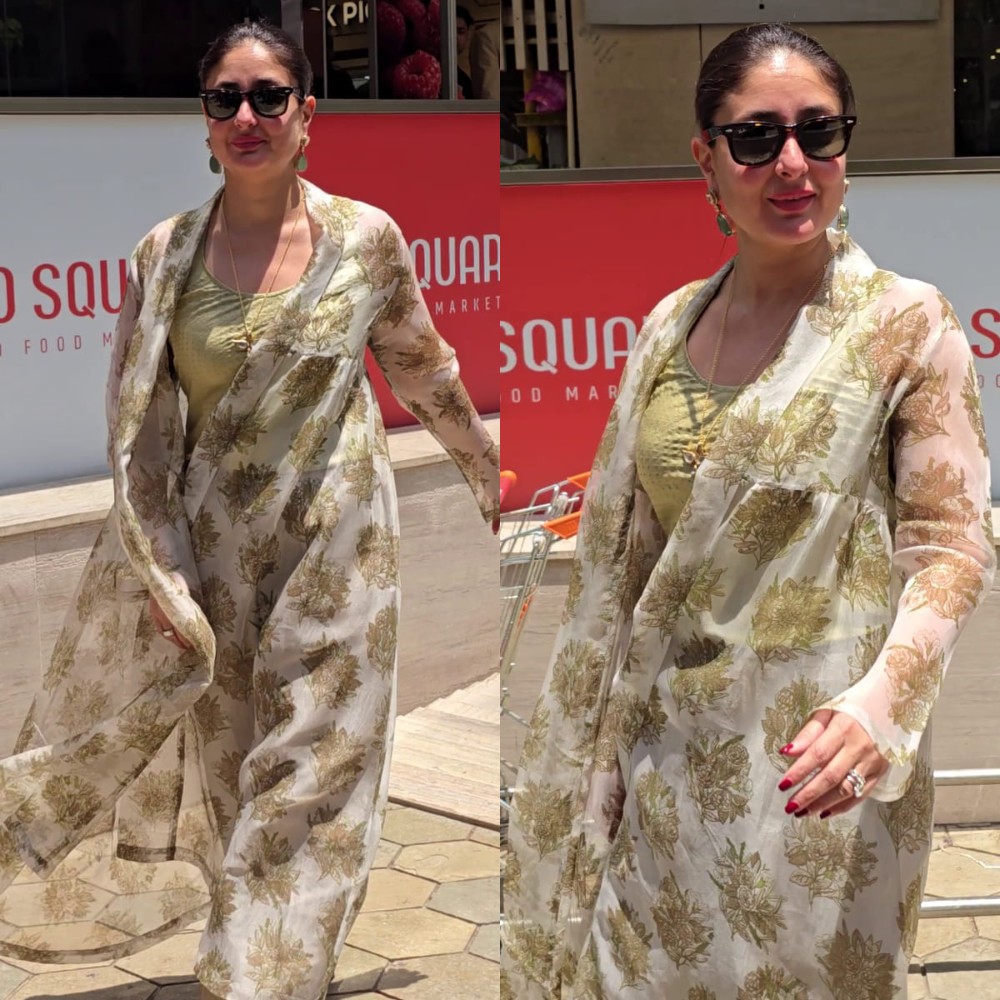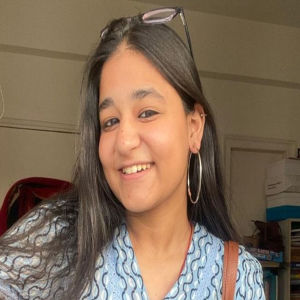Was Ari Aster's Midsommar Inspired By A Real Festival? Explored
Midsommar draws inspiration from real Nordic midsummer celebrations, blending folklore with horror for a unique cinematic experience.
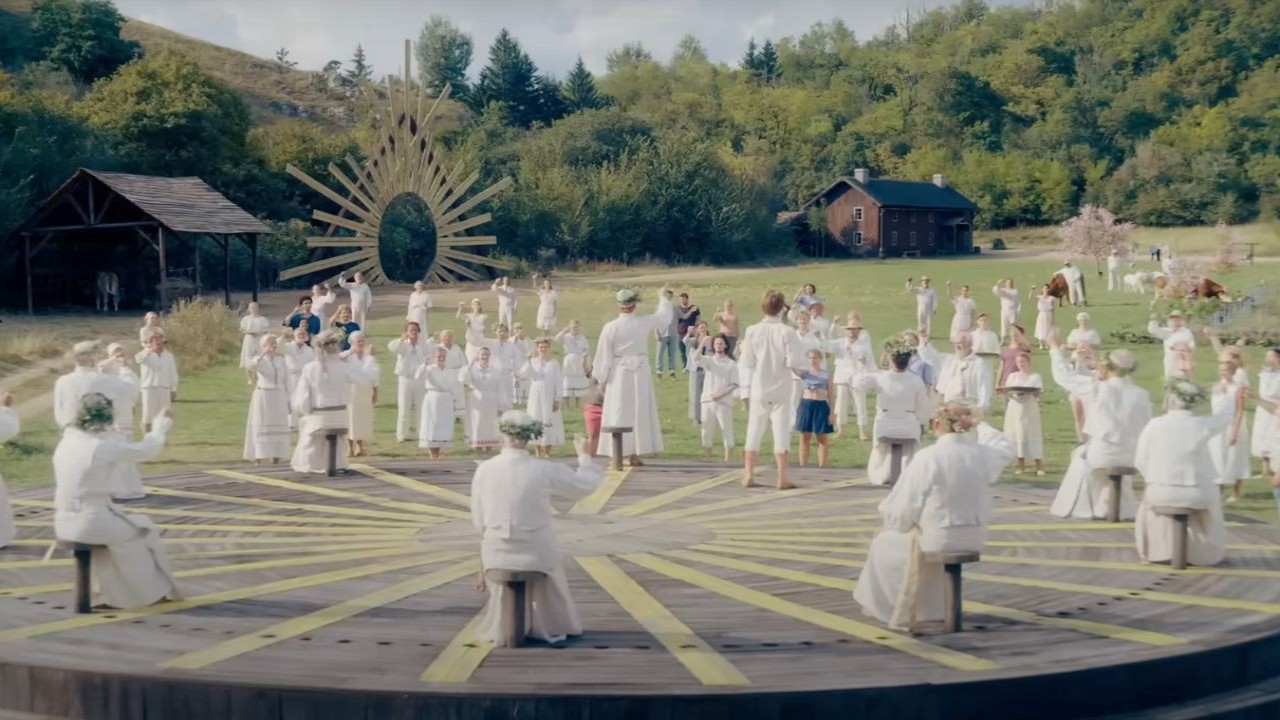
Even though many outstanding horror directors have come to light in the last ten years, Ari Aster made a name for himself right away as one of the genre's most creative storytellers. His films stand out not just for their striking visuals but for their unsettling emotional authenticity.
Unlike relying on cheap jump scares and clichés, Aster delves into the nuanced and often disturbing aspects of the human experience that are challenging to confront, let alone endure.
Aster is undoubtedly a result of his influences, even though a large portion of his genius may be credited to his imagination. In addition to movies like The Wicker Man and The Wizard of Oz, a real Swedish holiday celebration served as the inspiration for Aster's 2019 horror movie Midsommar.
Is "Midsommar's" Cult Actually Real?
In Midsommar, the main character is Dani, an American student played by Florence Pugh, who is grappling with isolation following the tragic deaths of her parents and mentally ill sister. Dani reluctantly accompanies her indifferent boyfriend Christian (Jack Reynor) and his friends Mark (Will Poulter) and Josh (William Jackson Harper) on a trip to Sweden, invited by their friend Pelle (Vilhelm Blomgren) to experience a summer festival in his remote village of Hårga, located in the fictional Hälsingland region.
The film intricately portrays elements of the real Swedish Midsummer Festival, blending them with a dark narrative as the naive American students unwittingly engage with forces beyond their comprehension.
Director Ari Aster meticulously researched the customs, events, and myths surrounding the festival, infusing authenticity into the unsettling storyline. Pelle's invitation to his friends coincides with a rare occurrence of the festival, which happens once every 90 years, offering Christian an opportunity to explore themes relevant to his cultural festival thesis.
Interpreting Midsommar: Folklore and fiction
The actual Midsummer Eve festival is an annual celebration that honors nature and marks the changing of the seasons, but the movie portrays Pelle's community as being a part of a ritualistic cult that requires blood sacrifices.
In observance of the summer solstice, the celebration kicks off every year on Midsummer's Eve, one of the longest days of the year. Although Midsommar strongly references actual customs, Aster uses his imagination to add frightening elements to the narrative. When asked what spiritual movements he was "pulling from," Aster said, "They have nothing to do, in many cases, with even Sweden."
Aster was more interested in examining how readily American kids are to assimilate into another culture, particularly if they are unaware of their origins, even while the setting gives context for the customs that are portrayed. Some have read Midsommar as a critique of white supremacist ideology, since Dani starts to feel safe in a peaceful community that uses violence to defend itself.
ALSO READ: The Bold and the Beautiful Spoilers: Will Hope's Obsession with Finn Cause Trouble?





 JOIN OUR WHATSAPP CHANNEL
JOIN OUR WHATSAPP CHANNEL